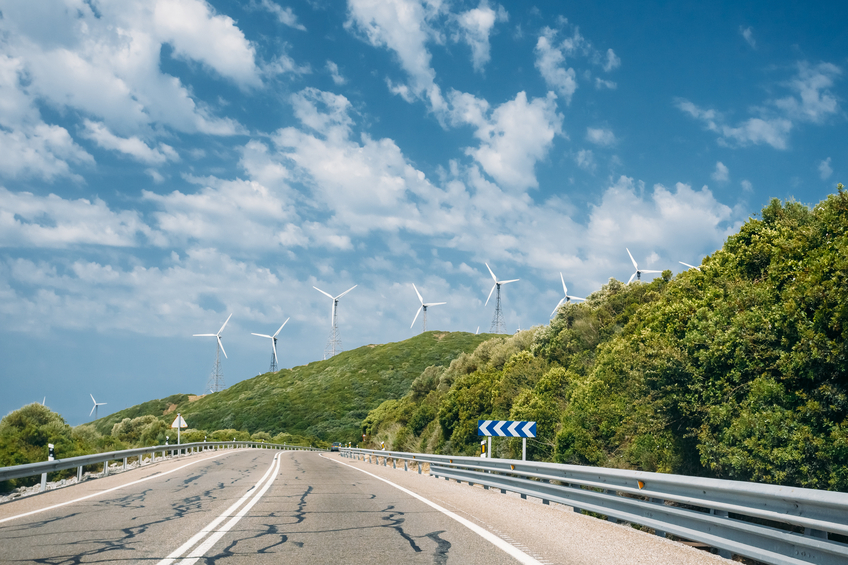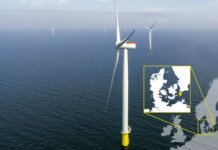A new report from consulting and research firm Kline has revealed that China, accounting for 34% of global demand, is the largest market for lubricants used in wind energy; however, the U.S. follows closely, with 21%.
Germany and India account for an approximate share of 6% each, but Germany’s demand is slightly more than that of India, according to Kline’s report, “Lubricants for Wind Turbines: Global Market Analysis and Opportunities.”
The report says the overall demand for lubricants used in the wind energy industry will increase from 37,600 metric tons in 2015 to 53,700 metric tons by 2020 – reflecting a compound annual growth rate of 7.4%.
According to Kline, lubricant demand growth will be influenced primarily by three factors: growth in wind energy capacity, the penetration of direct-drive machines and drain interval extensions. The main lubricants used in a wind turbine include gear oils, greases and hydraulic fluids.
Sushmita Dutta, a project lead in Kline’s energy practice, said the “increased usage of synthetic lubricants” can be attributed to the “need to reduce gearbox failures and increase reliability under extreme operating conditions while extending drain intervals.”
“The use of biodegradable fluids is practically nonexistent,” Dutta explained. “The service conditions in a wind turbine are too severe, and biodegradable oils tend to break down to release acids, which attack the bearings and other copper parts. In the future, biodegradable oils may carve out a niche in the offshore market if their service life could be increased.”
The report notes that global lubricant demand in the wind energy industry has positively correlated to the growth in the total installed wind energy capacity. Lubricant demand growth has slightly trailed the increase for wind energy installed capacity. According to Kline, there are several reasons for this, including the penetration of direct-drive turbines – which dampens the demand for lubricants, as does the extension of drain intervals.
Kline says drain intervals will slowly increase from three years in 2015 to five to six years by 2020 for onshore installations and five years in 2015 to six to seven years in 2020 for offshore installations. As wind turbine capacity has increased, especially beyond 3 MW, the amount of lubricant consumed per MW is also reduced, according to the report.
The firm notes that existing lubricant marketers will face the threat of new lubricant suppliers, especially in the service fill market. This threat is particularly notable in China, where there is a trend toward “buy Chinese,” says Kline.
Besides continuing to partner with original equipment manufacturers and emerging customer groups, lubricant marketers need to strengthen market-entry barriers by stressing their track record and knowledge of products and technology, says Kline.




